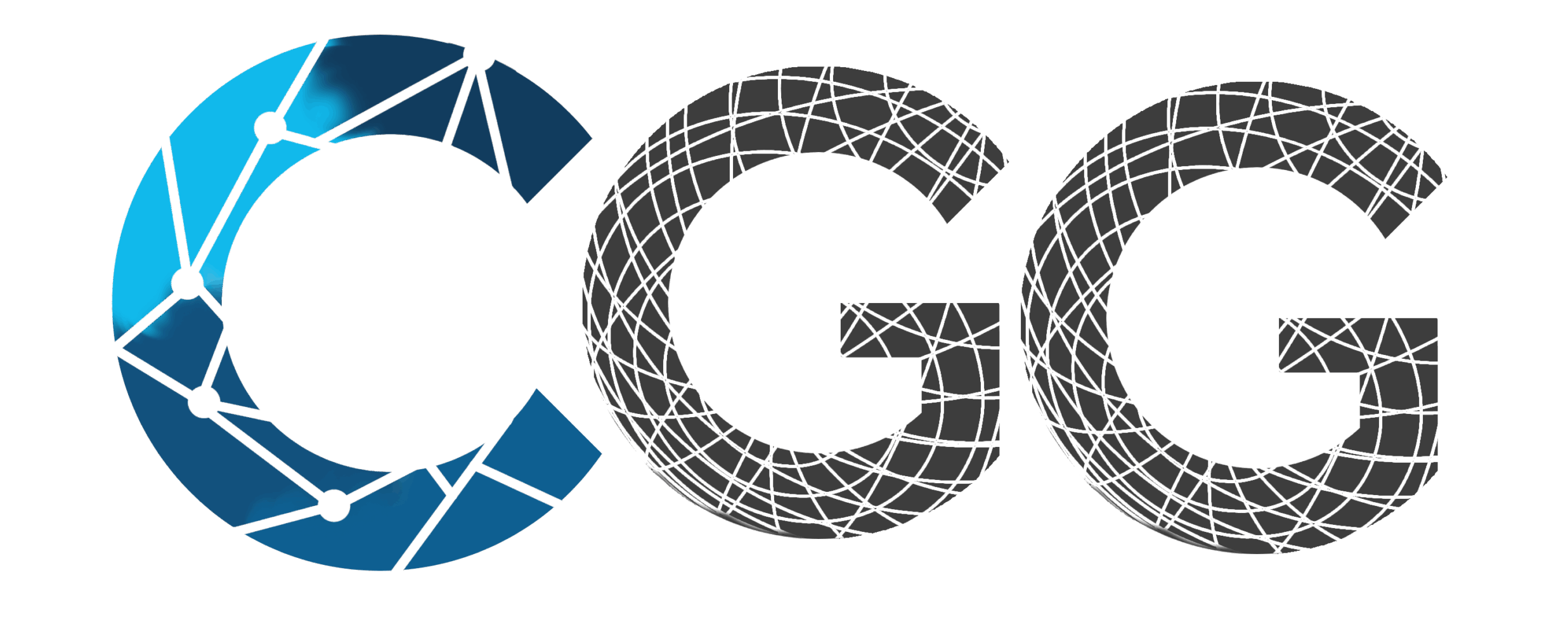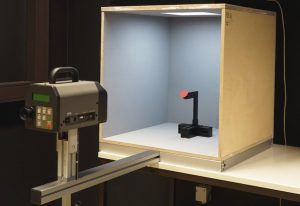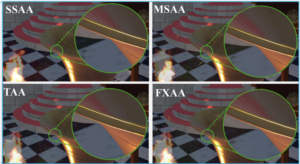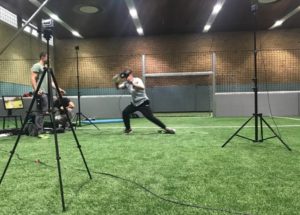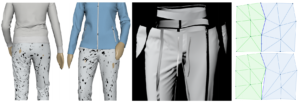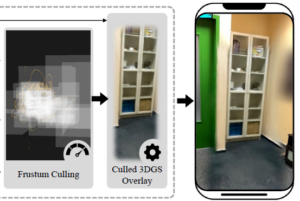What is the Reddening Effect and does it really exist?
Olaf Clausen, Ricardo Marroquim, Arnulph Fuhrmann and Holger Weigand
In: 7th Annual Eurographics Workshop on Material Appearance Modeling, 2019, Strasbourg, France

Abstract
The simulation of light-matter interaction is a major challenge in computer graphics. Particularly challenging is the modelling of light-matter interaction of rough surfaces, which contain several different scales of roughness where many different scattering phenomena take place. There are still appearance critical phenomena that are weakly approximated or even not included at all by current BRDF models. One of these phenomena is the reddening effect, which describes a tilting of the reflectance spectra towards long wavelengths especially in the specular reflection. The observation that the reddening effect takes place on rough surfaces is new and the characteristics and source of the reddening effect have not been thoroughly researched and explained. Furthermore, it was not even clear whether the reddening really exists or the observed effect resulted from measurement errors. In this work we give a short introduction to the reddening effect and show that it is indeed a property of the material reflectance function, and does not originate from measurement errors or optical aberrations.
Paper
Final published paper: https://doi.org/10.2312/mam.20191309
Slides
Final presentation slides: PDF
